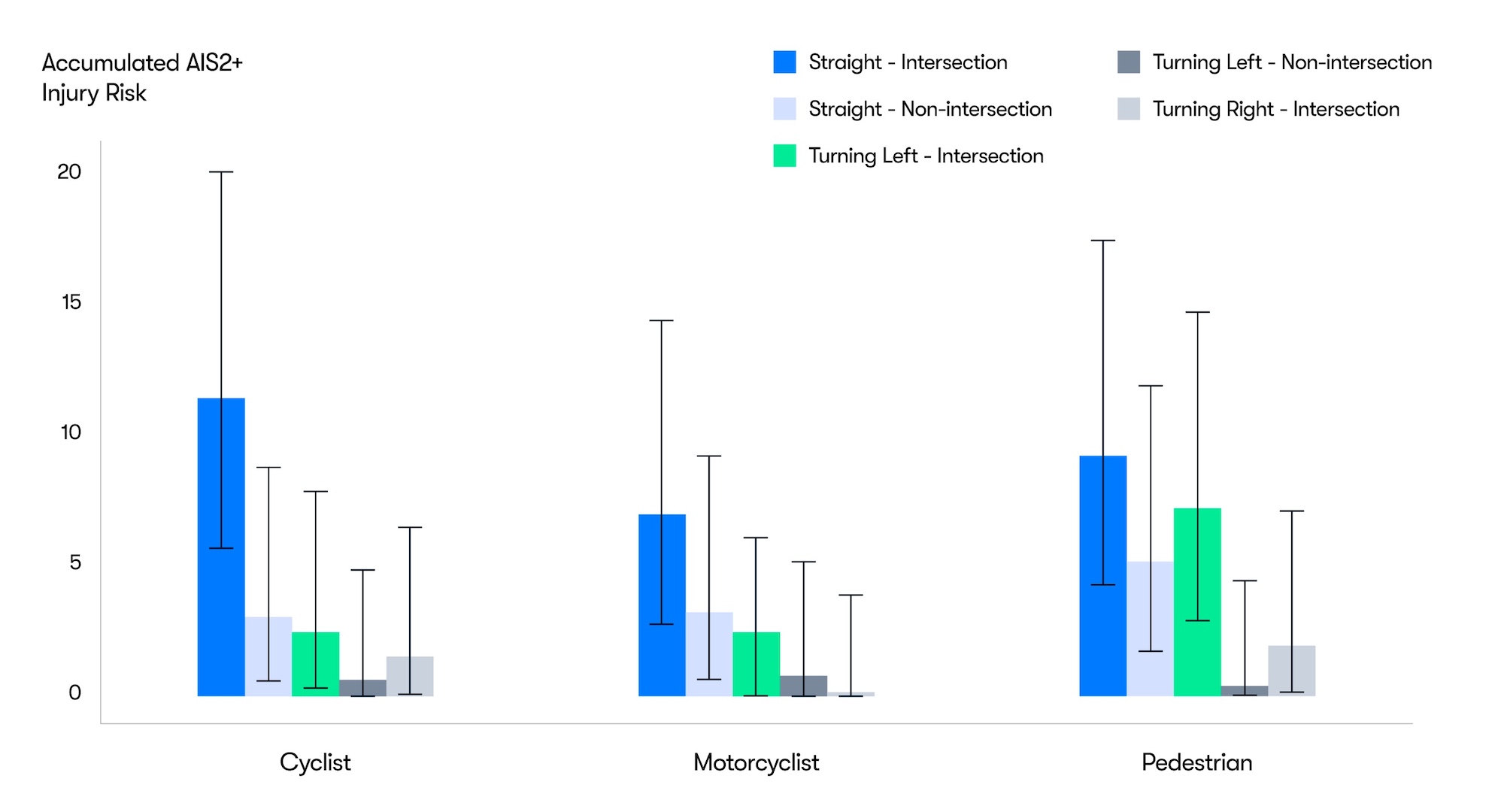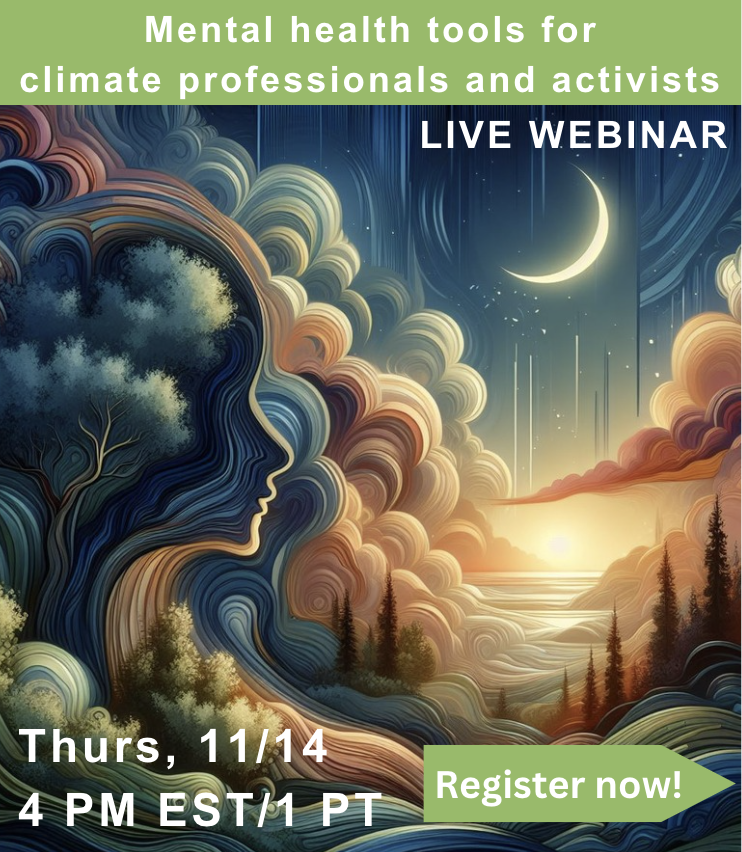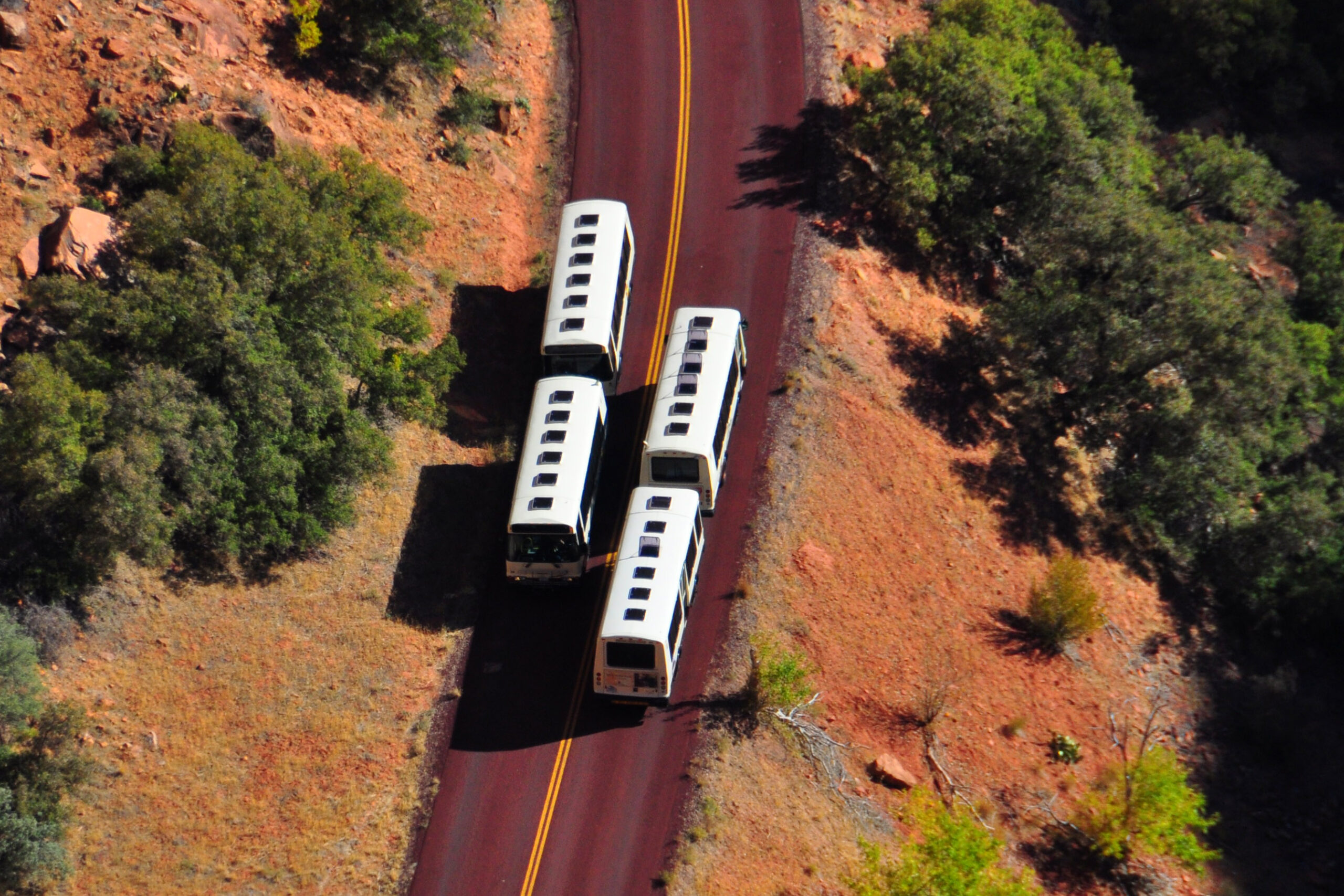Sign up for daily news updates from CleanTechnica on email. Or follow us on Google News!
Waymo is growing its ridership by leaps and bounds, and opening up to more and more riders almost every week it seems. It’s also working on its PR, looking to score brownie points for helping different disadvantaged groups. Or maybe it’s just trying to do good in the world — we sure do need more of that right now, don’t we?
She is Hope + Waymo
First of all, Waymo announced today that it’s working with She is Hope, a nonprofit organization working to empower single mothers in the LA area.
It’s not clear to me how they are partnering, but I would presume that Waymo is providing free rides.
“Riding with Waymo was an incredible experience—smooth, safe, and truly impressive,” said Tisha Janigan, founder of She is Hope. “When I rode alone and with some of our single mother families, we were amazed by the driverless technology and the sense of comfort it provided. Access to Waymo could be a game-changer for women we serve, offering a nonjudgmental, reliable transportation option that prioritizes safety.”
It definitely seems like many single mothers would appreciate extra help driving and some privacy while getting transported with their baby or kid(s) around the city.
Related: Waymo Opens to Anyone in Los Angeles!
Tracking Data on Vulnerable Road Users
Yesterday, Waymo shared how it is helping to protect vulnerable road users. Who are vulnerable road users? We’re mostly talking about pedestrians and bicyclists here, but that can also include people on small scooters, motorcycles, skateboards, wheelchairs, or hoverboards. The sad fact is: nearly 10,000 vulnerable road users die per year from being hit by cars, trucks, and SUVs. Nearly 10,000! “The National Highway Traffic Safety Administration (NHTSA) estimates 7,522 pedestrians and 1,105 cyclists lost their lives in traffic crashes in 2022 alone,” Waymo writes.
Unfortunately, what Waymo discovered is there’s not much detailed information or data on vulnerable road users (VRUs) and the aforementioned accidents, beyond body counts. “Many incidents involving VRUs do not get reported to the police or insurance companies, and the U.S has limited VRU crash injury data collection in place compared to vehicle-to-vehicle collisions. Even major crash databases lack sufficient information on VRU collisions that is needed to fully understand and address the associated injury risks.”
My level of surprise: 0 (zero). Pedestrians and bicyclists are not treated like equals on the road, and they never have been.


Well, Waymo decided it was high time to learn more and prevent more deaths. The robotaxi startup is collecting more data on VRUs and analyzing it with the intention to drive down deaths.
“Over the years, Waymo has conducted multiple studies analyzing real-world collisions between VRUs and human drivers to gain deeper insights into the risks VRUs face and see how we can improve their safety. Our research has covered a wide range of scenarios, from reconstructing cyclist collisions in dense urban areas to examining injuries caused by car doors opening into bike lanes. We’ve studied the kinematic behaviors of micro-mobility vehicles like scooters and onewheels; assessed pedestrian injury severity distributions; characterized VRU pre-collision posturing and post-collision outcomes; and modeled injury risks for pedestrians and cyclists,” Waymo writes.
“In our most recent study, we partnered with Nexar to reconstruct and analyze 335 collisions captured by their dash cameras that involve VRUs – pedestrians, cyclists and motorcyclists — and human-driven vehicles in six major U.S. cities. This anonymized collection represents the largest, documented naturalistic driving dataset in the U.S., offering unprecedented insights into real-world crash scenarios. By leveraging over 500 million miles of Nexar’s driving data, we’ve been able to capture a wide range of driving events and environments, providing a more comprehensive picture of VRU safety than ever before. […]
“The injury risk assessment was made possible by using models developed with Waymo’s research partner, VUFO. Our work helps fill the gaps in the existing VRU injury risk modeling, which is very limited and traditionally only focuses on relating vehicle speed or closing speed with injury outcome, not accounting for other factors such as VRU age, sex, and their size relative to the vehicle. To build more precise and holistic models, we leveraged the anonymized data from the German In-Depth Accident Study (GIDAS), which includes information on thousands of VRU crashes over more than two decades and represents the most relevant data available in the world today for estimating injury risk for VRUs involved in collisions with vehicles.”
Kudos to them. Surely this will all bear much fruit and Waymo will help protect countless vulnerable road users, and others for that matter. You can read more about this on the Waymo blog.

Chip in a few dollars a month to help support independent cleantech coverage that helps to accelerate the cleantech revolution!
Have a tip for CleanTechnica? Want to advertise? Want to suggest a guest for our CleanTech Talk podcast? Contact us here.
Sign up for our daily newsletter for 15 new cleantech stories a day. Or sign up for our weekly one if daily is too frequent.
CleanTechnica uses affiliate links. See our policy here.
CleanTechnica’s Comment Policy




